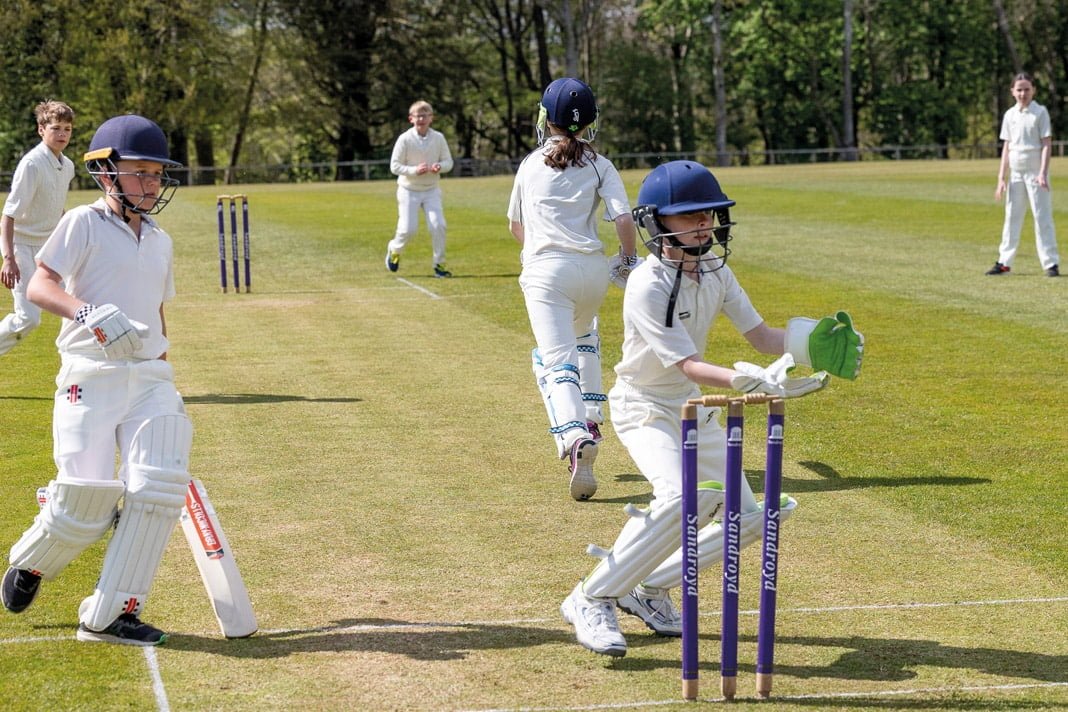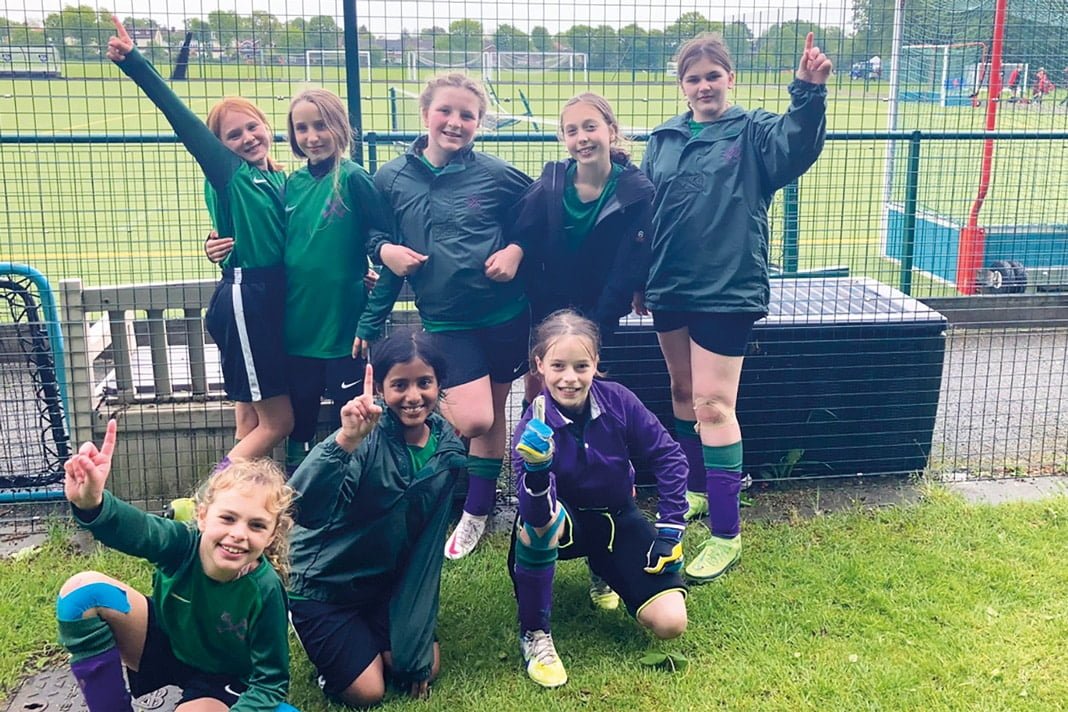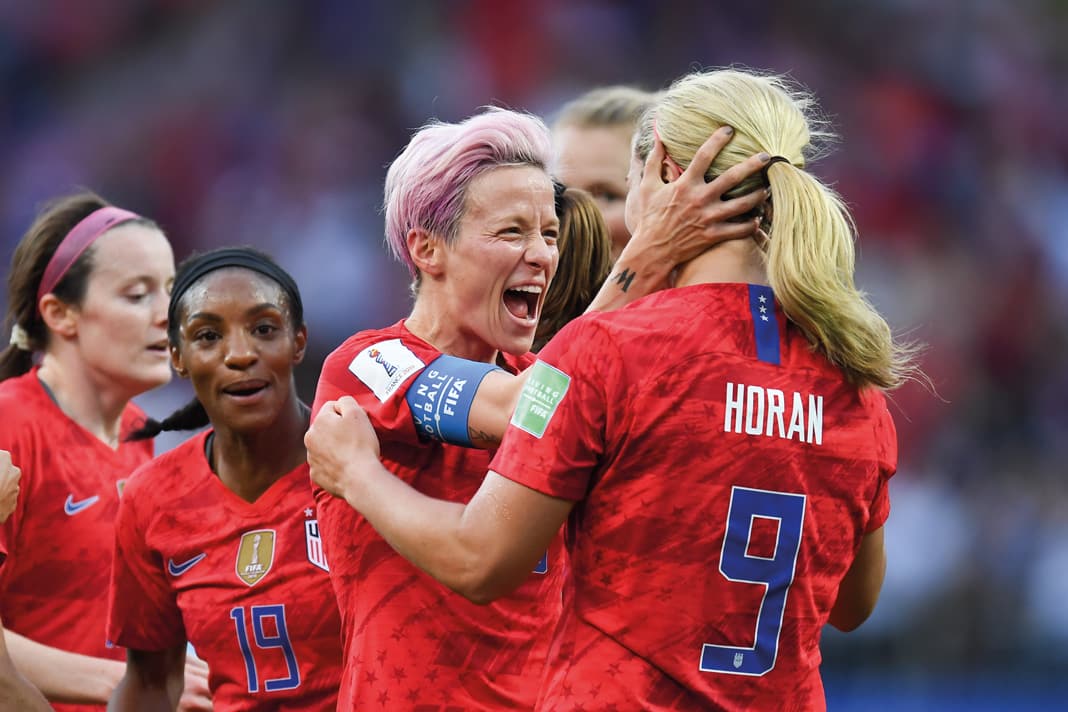The traditional male sports – football, cricket and rugby – are finding favour among girls and women and the opportunities are developing, but there’s more work required to level the playing field
Earlier this year, Oxford High School Year 11 pupil Apolline Harvey wrote a letter to a national newspaper questioning why the men’s Six Nations Rugby had gone ahead – despite Covid-19 restrictions – whereas the women’s competition was delayed and shortened. She noted: “Is it supposed to be normal that women’s sport gets sidelined when life gets tougher? Is this so called ‘sporting equality’ that clubs, teams and associations claim to have just for show? Before Covid-19 we were led to believe that sporting women were starting to have better opportunities”.
Apolline had a fair point. She noted the disparities in sponsorship and financial rewards that had clearly meant the men’s games became easier to accommodate in a Covid-safe way, adding: “It is not an excuse for the inequality”. The Six Nations disparity was spotted and remarked upon by many others who care about women’s progress in what were traditionally men’s sports.
“The advent of TV coverage of women playing traditional male sports has opened up a whole load of role models for young girls”
What is important to recognise is that there’s a growing fan base for all these ‘trad’ men’s sports among girls – rugby most certainly, but football and cricket too. These sports are gaining traction because they are the big crowd pullers, the hero team sports. So why wouldn’t girls want to play them? Alexis Williamson-Jones, Director of Sport at Sutton High School and Girl’ Day School Trust (GDST) Consultant Teacher for Sport and PE has seen the change coming over the past five to ten years. “I’ve been teaching PE for 22 years and when I first came to PE not many girls would play those traditional sports associated with boys.” The shift is, she believes, partly down to the influences (and influencers) girls are exposed to now, but also because there has been grassroots development within girls’ game.

“We always say if you can’t see it you can’t be it, so if you don’t have a role model that’s there, how do you know that you can do that,” she says. “The advent of more TV coverage of women playing traditional male sports has opened up a whole load of role models for young girls to be empowered by – it becomes a circle that grows the sport.” Men’s sport still dominates the TV and radio airwaves, but the women playing these sports – the female heroes – are hugely influential for girls and women, not least because they show a potential pathway. Girls recognise they might play for school, for local team, elite women’s squad or even country. The arrival of female pundits has also helped, even though there are too many men who struggle to take female pundits, let alone players, seriously.
Williamson-Jones cites the impact of the 2019 Women’s World Cup in helping to shift perceptions in a positive way. She believes both the play and the belief and stewardship of Phil Neville helped convince many doubters of both sexes. “That summer we definitely saw a reaction in positivity, in the way it influenced girls to play football. That’s because it was given airtime and kudos more in line with the men’s game.” She has no doubt that it will continue to grow in importance – especially since so many more schools in both independent and state sectors are putting football on the timetable.
Williamson-Jones says there are important influencers beyond TV airtime. Parents, friends and teachers are clearly vital in influencing girls’ choices. But females also need competition – and a route to the higher levels if they are really good. This is one reason why GDST has established a Select Cricket Team (with a Select Football Team to follow next year) so that girls from across its 25 schools can be encouraged to aim higher. It’s a ‘build it and they will come’ approach, and one that is already proven at national level in cricket. “The sports that got themselves organised the quickest that have seen the most benefit. So, for example, cricket got its female pathway sorted really quickly and that’s why they have so many women coming through and so many young girls playing cricket,” says Williamson-Jones.

Co-ed preps are also helping to prepare the ground for the next generation of top female players. Sandroyd School in Wiltshire recently announced a full transition to co-educational cricket teams, to enable its boys and girls to share the field. With an even split between the sexes, it makes sense on many counts. Sandroyd’s Head of Girls Games Faith Golding knows a thing or two about taking sport to elite level as she’s a former Commonwealth Games’ Gymnast herself and she says it’s quite simply the logical thing to do. “Our attitude is simple: gender in sport doesn’t matter, what counts is the player’s interest, skill level and enthusiasm.”
“Our attitude is simple: gender in sport doesn’t matter, what counts is the player’s interest, skill level and enthusiasm”
Like Williamson-Jones, Golding sees the importance of giving girls the competitive pathways. “Every child at Sandroyd is given the opportunity to play sport with their friends in a competitive environment. Mixed teams demonstrate to our children that they are all equal, they all need to be treated with the same respect, and they all have the same opportunities. It helps everyone understand their self-worth; it also allows us to field the strongest possible competitive teams,” she says.
York House Prep in Hertfordshire is another school that is taking girls’ participation in traditional male sports very seriously. It began with football, then cricket and now it also offers rugby for girls and boys. “The girls at York House are passionate about their sport and have taken to these more traditional male sports with great positivity, resilience and intense enthusiasm,” says Head of Girls Games Rhiannon Burr.

She says there is clear evidence that giving airtime to high-level women’s sport works, citing the Lionesses’ success in France in the 2019 World Cup, after which the Women’s FA reported an increase of more than 850,000 females participating in football. She says: “Increased female sports coverage, leads to increased female participation, resulting in a greater pool of potential female athletes for our National Governing Bodies to support through their elite pathways”. Burr adds that change has to happen across the board. “Ultimately, it is a collective responsibility to ensure equality and representation in sport.”
The last word must go to Oxford High School student and rugby fan Apolline, who was inspired to write about the state of play with women’s rugby. Her letter added: “I am supported to explore all possibilities within sport. Yet as soon as I look out to the wider sporting community, I realise just how much is wrong within the sporting world… more attention to this issue would be a step closer to resolving it”.
Further reading: Gordon’s School on how sport develops essential soft skills
Oxford High School GDST: oxfordhigh.gdst.net
You may also like...

























